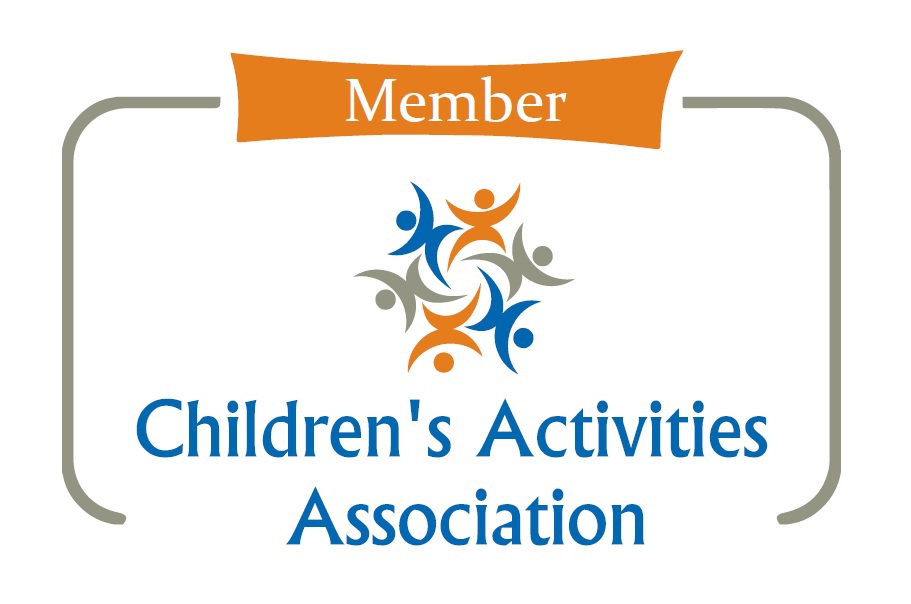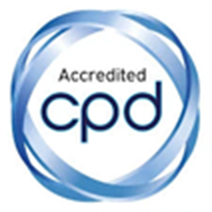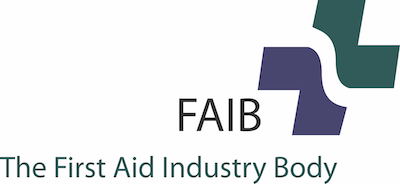It's Child Safety Week, so we've asked the experts at Fred Safety to put together this handy guide to avoid painful trapped fingers, tumbles down the stairs and all of the hazards lurking in your kitchen . . .
Welcoming a new baby into your home is a joyous occasion, but it also comes with the responsibility of ensuring their safety. Babies are naturally curious and tend to explore their surroundings, which can lead to potential hazards. To help you create a safer environment for your little one, we've compiled a comprehensive guide to babyproofing your home, room by room. Let's dive in!
The Nursery
The nursery is where your baby will spend a significant amount of time, so it's crucial to make this room as safe as possible.
Cot Safety: Ensure the cot meets safety standards, with slats no more than 6cm apart to prevent trapping small limbs.
Secure Furniture: Anchor heavy furniture like dressers and bookshelves to the wall to prevent tipping. The Fred Anti Tip Kit can help with this.
Cord Management: Keep cords from blinds and curtains out of reach, as they pose a strangulation risk.
The Stairs
Crawling and walking are two key milestones in a baby’s development. Once little ones start moving, they are unsteady and all children will experience bumps and stumbles at some stage. Unfortunately, minor injuries are to be expected!
Falls down stairs are one of the most common serious accidents to befall crawling babies and toddlers. Over 40 under-fives a week are admitted to hospital after falling down stairs. Crawlers and toddlers have a natural instinct to explore as far as they can – and the stairs present a wonderful challenge!
A physical barrier is essential to keep them out of danger. On average, a child under 5 is treated for a stair-related injury approx. every 6 minutes. Use a safety gate to stop babies and toddlers climbing stairs or falling down them.
The Kitchen
The kitchen can be a treasure trove of hazards for curious little hands. Every year, more than 67,000 children experience an accident in the kitchen.
Lock Cabinets and Drawers: Use childproof locks on cabinets and drawers containing sharp objects, cleaning supplies, and other potentially harmful items.
Stove Safety: Install stove guards to prevent burns and consider knob covers to prevent accidental turning of burners.
Secure Bins: Use a waste bin with a childproof lid to prevent access to choking hazards.
Statistics: Each year, thousands of children are treated in A&E for burns and scalds, with a significant portion of these injuries occurring in the kitchen. On average, 110 children are admitted to hospital per day for burn injuries. It costs the NHS approximately £168,155 to treat a severe burn due to the repeat care needed - remember, a burn injury is for life.
The Living Room
The living room is a space for relaxation, but it can also harbour hidden dangers.
Corner Protectors: Apply edge guards to sharp corners of furniture to protect against head injuries from falls. A child’s brain will take up to 25 years to fully mature and develop - so protect those little heads!
Secure Electronics: Keep cords and cables out of reach to prevent strangulation or electrical hazards.
Anchor TVs: Secure televisions to the wall to prevent tipping, especially if they are placed on low stands.
The Bathroom
The bathroom contains numerous hazards, from slippery surfaces to small objects that pose choking risks.
Install Safety Latches: Keep toilet lids closed and install safety latches on cabinets containing medications, toiletries, and cleaning supplies.
Use Non-Slip Mats: Place non-slip mats in the bathtub and on the floor to prevent slips and falls.
Check Water Temperature: Set your water heater to a maximum temperature of 120°F (49°C) to prevent scalds.
Statistics: Accidental drowning is a leading cause of death among young children, with many incidents occurring in bathtubs.
Conclusion
By taking proactive steps to baby proof your home, you can create a safer environment for your little one to explore and grow. Remember to regularly reassess and update safety measures as your baby grows and becomes more mobile. With proper precautions in place, you can enjoy peace of mind knowing that your baby is protected from common household dangers.
Thank you to the experts at Fred Safety for this super helpful guide.
If you'd like some added peace of mind, why not book our Baby Proofing class? This 2 hour class is ideal for parents of babies aged 3 months and over and includes a refresher on choking, just in time for weaning!
All the best, Mini First Aid x
Baby Proof your home with this great kit!
The perfect 17-piece kit to increase child safety in your home.
Quick and easy to install.
Includes:
- 1 x Top Drawer Catch
- 2 x Lower Drawer Catch
- 1 x Multi-purpose Block
- 1 x Double Door Block
- 4 x Corner Protector
- 6 x Socket Covers
- 1 x Door Slam Stopper
- 1 x Choke Tester








